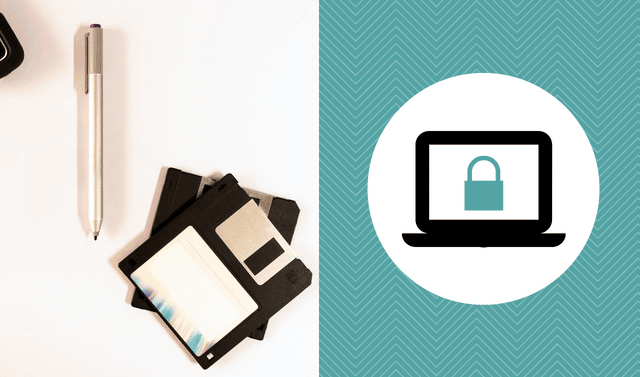Sign up for the Family Tree Newsletter Plus, you’ll receive our 10 Essential Genealogy Research Forms PDF as a special thank you!
Get Your Free Genealogy Forms
"*" indicates required fields

Family photos are treasures that should be enjoyed by generations to come. A classic album is a great way to preserve and pass on these photos, but how can you make sure your album stands the test of time?
Done wrong, photo albums can turn into a preservation nightmare: The migration from newsprint can cause stained faces and adhesive bleed-through can wreck images, not to mention the devastation wrought by dreaded “magnetic” photo albums.
Here, we’ll offer some tips and suggestions for how you can create an archival photo album that will last for years to come. (Of course, this is assuming you’ve already scanned and preserved your photos digitally!)
ADVERTISEMENT
First Things First: Scan and Preserve
Before we get started: if you’re trying to preserve physical photos that are in an existing album: scan the photos and the album pages first. This not only ensures that you’ll have a copy of your photo if it gets damaged throughout the course of your project, but you’ll also have a record of how the photos were laid out in the original album.
If your photos are glued down, you may need to employ a micro spatula to safely remove them.
To safeguard your family photos as much as possible, we’d recommend preserving and storing the originals and displaying the copies in your album. Photo books are another great way to share and enjoy your photos safely.
ADVERTISEMENT
Materials for Archival Photo Albums
If you’re looking for a new album for your photographs, make sure it contains materials that won’t degrade and damage your photos over time. You’ll want to look for acid-free paper and archival mounting corners, not glue or paste, to attach photographs to pages.
Look for plastics such as polyester, polypropylene, polyethylene and cellulose acetate pages. For more, check out this guide from Gaylord Archival on the different kinds of plastics.
Here are the materials you’ll want to avoid:
- Adhesive or self-stick pages (sometimes called “magnetic pages”)
- PVC (polyvinyl chloride) plastic
- Heat-sealed polypropylene
- Low-density polyethylene
- Low-quality acidic paper

How to Store Your Album
It’s important to not overlook the importance of proper storage for your album. It’s not much good to invest in good quality, archival materials and then leave your album in a place where it might get damaged! Keep your album in a cool, dry place. Choose somewhere without direct sunlight or extreme temperatures where there is minimal risk of water damage or pests.
Archival Suppliers
You can find ready-made archival photo albums from retailers like Gaylord Archival, University Products and Light Impressions.
Last Updated: December 2020
FamilyTreeMagazine.com is a participant in the Amazon Services LLC Associates Program, an affiliate advertising program designed to provide a means for sites to earn advertising fees by advertising and linking to Amazon.com and affiliated websites.
ADVERTISEMENT




